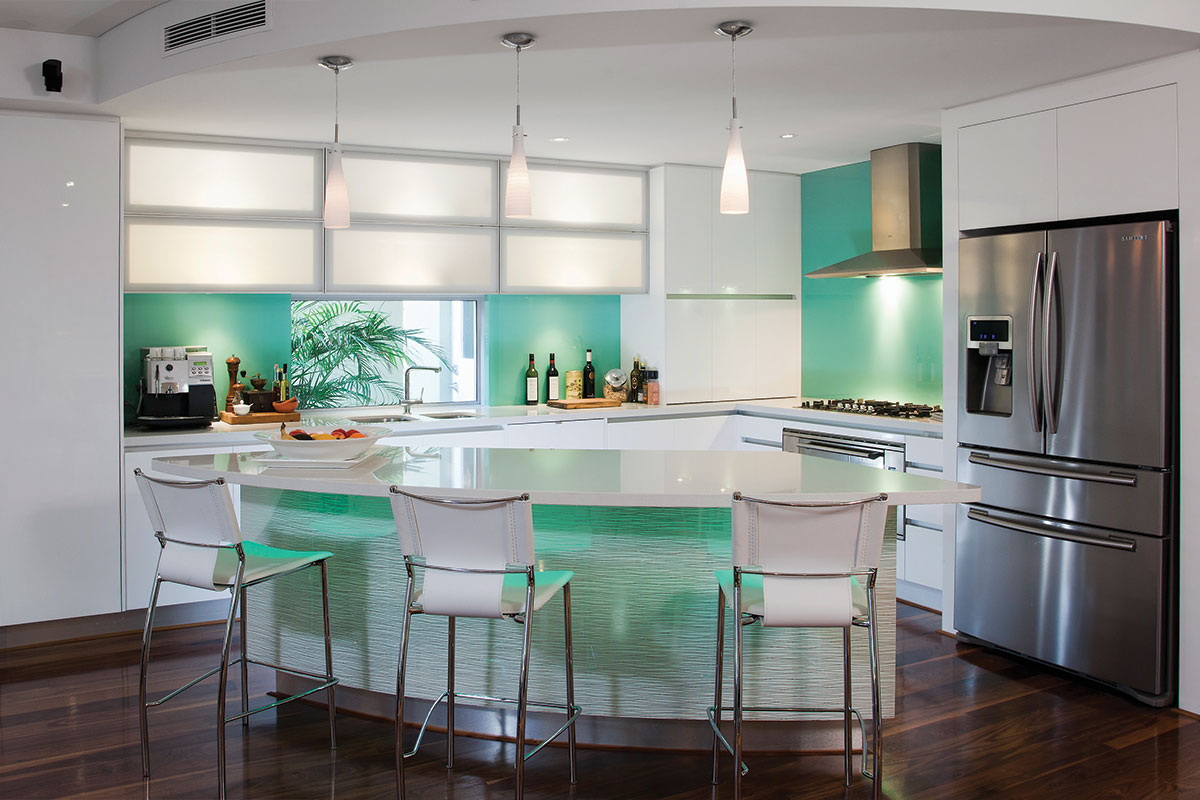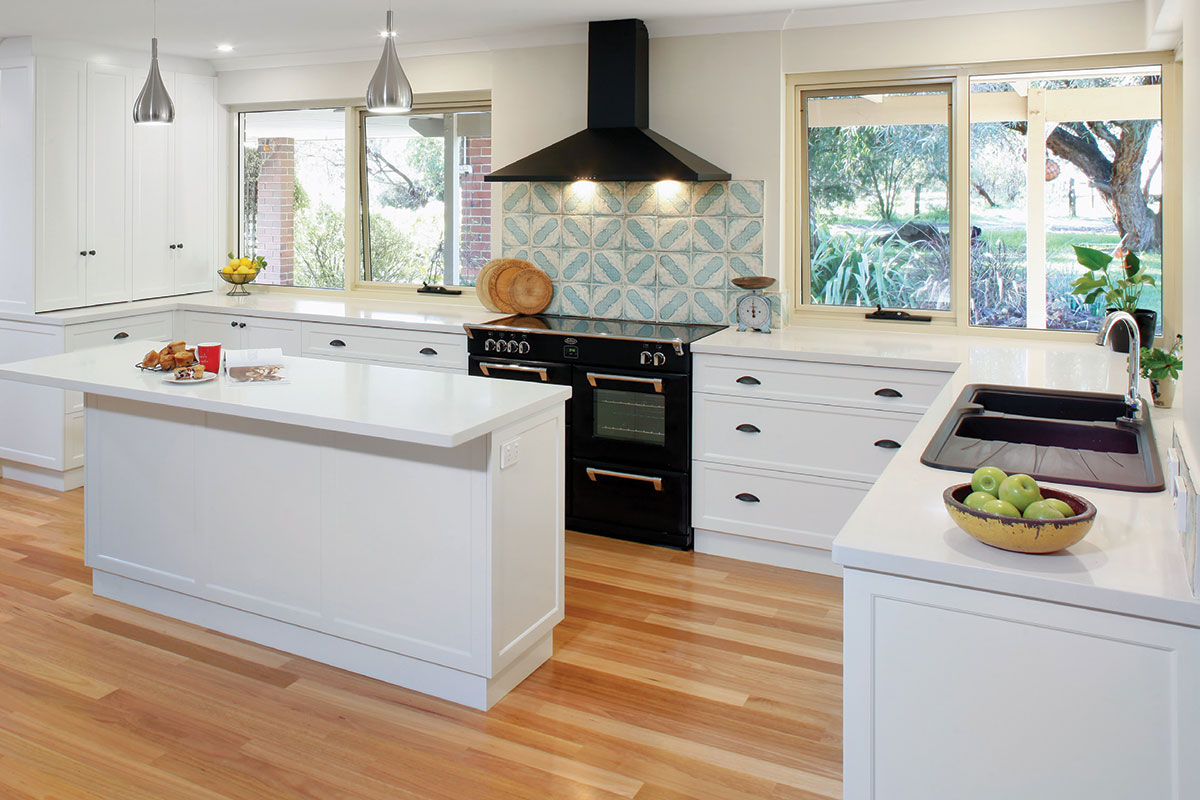
Once upon a time, the kitchen was the sole domain of the house wife. It was the place where the woman of the house spent most of her hours preparing meals for the family and taking care of various other household chores.
Now that our lifestyles have changed so dramatically, it makes sense that kitchens have become the central hub of our homes – where family members come together to cook, eat and entertain.
Creating a kitchen that perfectly suits the household needs requires planning and careful consideration.
But when it is done properly, a kitchen will become a place where many fantastic memories will be made.
CHANGING SPACES
Classic kitchens with Hamptons-inspired finishes are making a big comeback, the Kitchen Capital’s Sue Jansen says.
A few years ago, people were only interested in installing ultra-slick contemporary kitchens but in the past 12 months there had been a massive swing toward more classic and homely styling.
“You can dress this look up or down and that is why it is becoming so popular,” she says. “It can be incorporated into modern homes or it can be used in homes with more traditional styling and it won’t be out of place in either situation.”
GET IT RIGHT
Sue, who has been designing award winning kitchens for the past two decades, says she has a simple formula for creating a space that suits her client’s needs. It is a simple step-by-step process and it always yields the right results.

STEP 1: PLAN
She says the first thing to do is look at the space available and pay attention to existing doorways and objects. “To me, safety is a big issue along with usability. I like to look at where everything is going to go and how that will affect the people who are using the space. You need to be able to move safely and freely from oven to cooktop and to be able to access the fridge and dishwasher easily without being obstructed,” Sue says.
STEP 2: APPLIANCES
The next thing to consider is what appliances will best accommodate the family’s needs. There are lots of great, time-saving appliances now available and it is a good idea to research them all and work out which ones would be useful, she says. “For example if someone has back problems, they will probably benefit from a wall-mounted oven,” she says. “But these days you also need to think about things like steamers and coffee makers and decide what things are essential and then work around that.”
STEP 3: AESTHETICS
“I am a big believer that functionality and safety come first,” Sue says. “Then you can think about the style you are going for. Sometimes the appliances you choose will help dictate the style a little bit but you shouldn’t have to compromise, anything is achievable.” Sue says there’s a swing away from minimalism and people are making their kitchens feel more homely.
“These Hampton’s type kitchens can cope with a bit more clutter and that can be a good thing in the kitchen because the reality is there are lots of utensils and bits and pieces that are needed and it can be a pain to have to constantly hide them away.”
STEP 4: FUNCTION
“It is a good idea to think carefully about how many people you need the kitchen to accommodate,” she says. “If there are teenagers coming and going and several people wanting to cook at once, we can design around that,” she says.
“I pay a lot of attention to details like the ease of packing and unpacking a dishwasher, the ability to access the fridge and the size of the pantry.”
She says gone are the days when big food storage areas were vital. “Now that we have extended shopping hours, we really don’t need big pantries,” she says. “I like to distribute food storage areas around the kitchen, for example I like to put spices in a drawer next to the oven, because that is where you use them. Where possible, I like a tea and coffee station and a breakfast storage area.”
COLOUR
When it comes to choosing the actual look of the kitchen, Sue says the best advice is to choose colours and finishes that have always been appealing, rather than following trends. “If people want colour, I tell them to choose something that they have always loved,” she says.
“If they tend to be a person that is driven by trends then I suggest to go with something very classic, that they won’t tire of. That way you can add accessories to keep up with trends. “If they really want colour then it is a good idea to use it in areas that can easily be changed, like glass splashbacks or on the walls.”
TOP IT OFF
Sue says a benchtop is a significant component of any kitchen and choosing the right surface could make or break the space.
She says there’s a swing toward using a combination of different finishes on benchtops and it made good sense because different areas had different uses. She says mixing it up also provides a point of interest design-wise.




